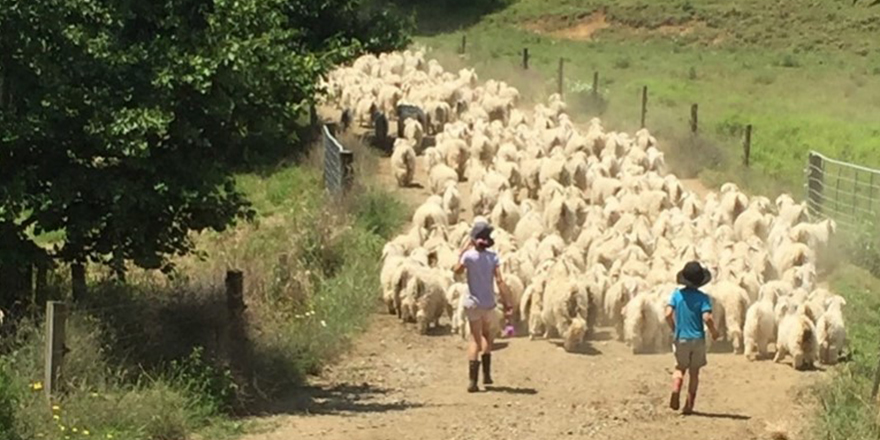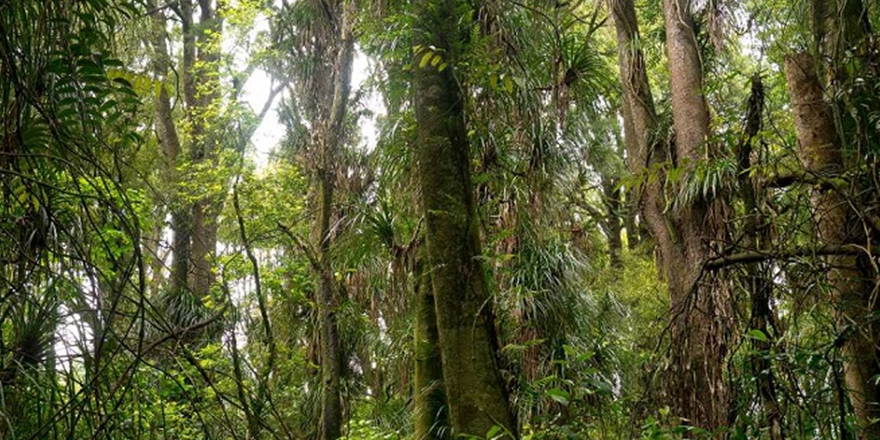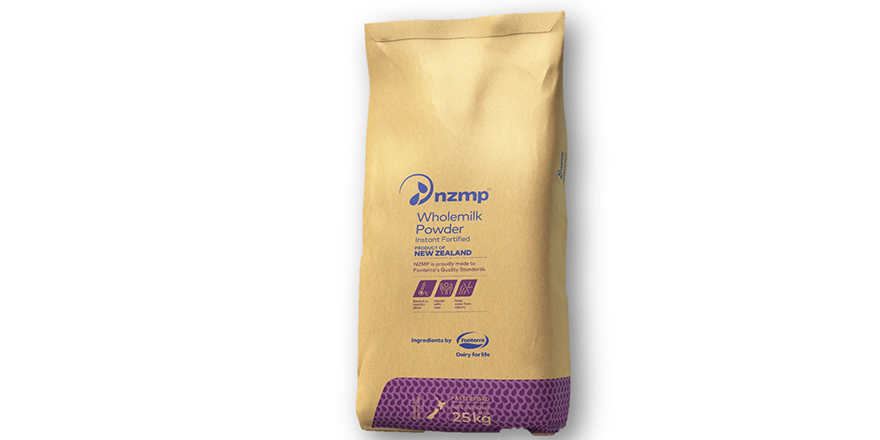Executive summary
Dairying remains New Zealand’s largest and most successful industry. A growing global population and higher rates of urbanisation have largely contributed to increased demand in milk globally. Current demand has driven the market and led to continued dairy development and conversion of land use to dairying within New Zealand. This intensification has placed significantly increased pressure on the use and subsequent deterioration of natural resources, particularly freshwater quality.
The challenge of economic prosperity verses environmental protection remains a contentious conflict. Ambitious targets set through Central Government to both double the value of agricultural exports along with significantly improve the impact of dairying on the environment has put the dairy industry further under the microscope. It is unlikely future production growth will be achieved through large scale land use change due to more stringent regulations. So the question remains, how does New Zealand’s dairy industry remain globally relevant while decreasing its environmental impact?
One such consideration has been that of intensifying existing farm systems through the introduction of off pasture cow housing facilities. A much higher milk production is generally reflected through such systems as a result of introducing additional supplementary feed which is better utilized by the receiving stock. This report focuses on intensive off pasture dairy farming and whether this can be undertaken sustainably as a long term practice. Sustainability has been considered holistically as incorporating economic viability, environmental responsibility, social acceptance and cultural sensitivities.
Economically, a higher cost of production along with a higher capital investment to incorporate the required infrastructure has led to lower profit margins being achieved on farm, this is particularly evident during low pay-out seasons. The increase in debt to enable the development of off pasture housing also erodes the equity which farmers have in their land. The ftlrther lack of cost control on external supplementary feeds is also likely to push the prices upward as demand for high quality supplements grows. These factors demonstrate how difficult it is to compete with the more efficient intensive farming systems operating within the Northern Hemisphere.
Environmentally, the concept of taking cows of pasture is well documented as a mitigation tool to reduce nitrogen leaching associated with direct deposition of urine to pasture. If off pasture systems were incorporated purely for environmental reasons and no subsequent intensification of the system was undertaken for economic purposes they would undoubtedly be environmentally accountable. However the trend of subsequent intensification which follows the development of animal housing make the practice questionable at best.
Socially, New Zealand farmers are historically skilled pasture managers and often these skills are not easily transferrable to the more complex off pasture systems. The current demographic and level of intellect within the dairying community would not support a large scale shift to more intensive dairy systems. Equally the nostalgic value that New Zealand society puts on pasture grazed cows compared to the widely misunderstood “factory farming” housing systems would also be a challenge for the industry if more farmers went this way.
Culturally, further understanding is yet required to formulate a comprehensive picture of the sensitivities associated with intensive farming. However the tension between commercial ambitions and environmental protection will likely be an ongoing conflict.
Based on these factors it has been concluded that intensive off pasture dairy farming is not sustainable if it was to be encouraged throughout the dairy industry. Stronger leadership to encourage further focus on per cow production rather than the historic per hectare production is required to achieve both the economic and environmental ambitions of New Zealand. Once this has been achieved more thought should be applied to how the dairy industry market their product globally. Additional value should be attainable on the basis of New Zealand’s pasture based systems and the positives that consumers associate with a “clean green free range” product. It is time for New Zealand to cas i on its reliable export history and strong focus on customer relationships to establish market premiums for the uniqueness of this product which remains globally unparalleled.
Doug Dibley, Dibly, Douglas



